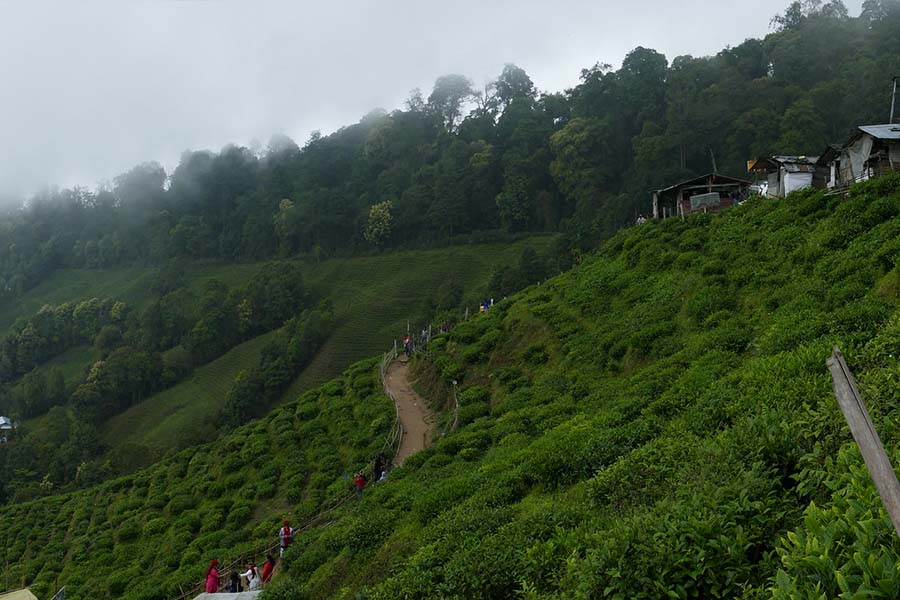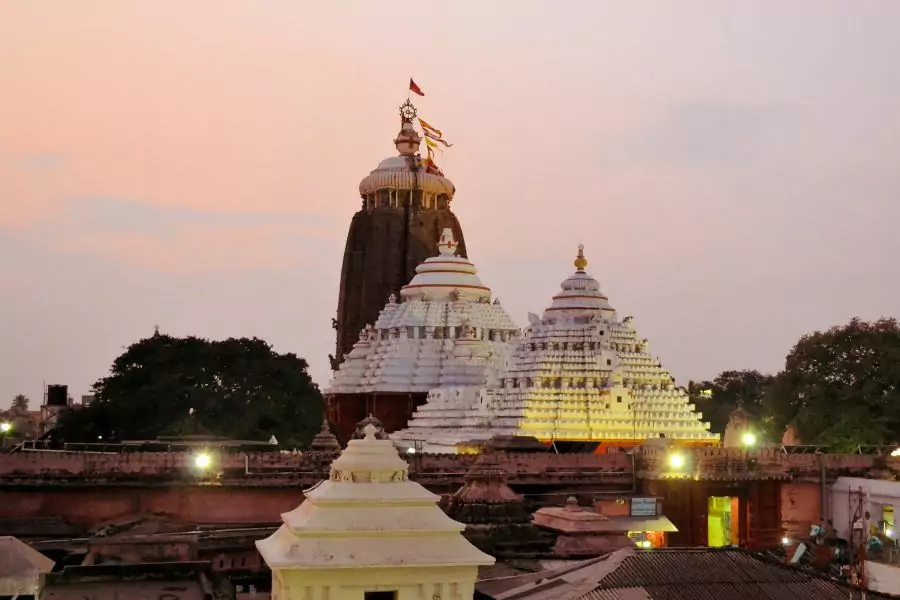Amber Palace Jaipur – Sound and Light Show, Nearby Attractions

Amber Palace, also known as Amer Fort, stands as one of Rajasthan’s most iconic landmarks. With its majestic architecture, rich history, and stunning views, it’s a must-visit destination for anyone exploring Jaipur. Perched on a hilltop overlooking Maota Lake, the fort showcases the opulence and grandeur of the Rajput rulers who once called it home.
Introduction to Amber Palace
Amber Palace lies approximately 11 kilometers from Jaipur, the capital city of Rajasthan. Raja Man Singh I built it in 1592, and the palace served as the royal residence for the Kachwaha Rajputs. Over time, successive rulers expanded and enhanced the fort, adding new structures and embellishments, creating the magnificent complex we see today.
Historical Significance of Amber Palace
The history of Amber Palace intertwines with the rise and fall of the Kachwaha dynasty, a Rajput clan that significantly influenced the politics of medieval India. Raja Man Singh I, a trusted general of Mughal Emperor Akbar, initiated the palace’s construction. The fort symbolizes the power and influence of the Kachwaha rulers, known for their strategic alliances with the Mughal Empire.
Architectural Marvels of Amber Palace
Amber Palace exemplifies Rajput and Mughal architecture. Its intricate carvings, mirror work, and delicate frescoes reflect the artistic brilliance of the craftsmen of the time. Constructed from red sandstone and white marble, the fort exudes a golden hue, especially during sunrise and sunset.
1. Suraj Pol and Jaleb Chowk: The Grand Entrance
- Suraj Pol (Sun Gate): The main entrance to Amber Palace, Suraj Pol, faces east and takes its name from its orientation towards the rising sun. This grand gate leads into the first courtyard, known as Jaleb Chowk.
- Jaleb Chowk: Historically, Jaleb Chowk served as a parade ground where armies assembled after returning from battles. Today, it acts as the entry point for tourists visiting the fort.
2. Ganesh Pol: The Ornate Gateway
- Ganesh Pol: Ganesh Pol, one of the most beautifully decorated gateways in Amber Palace, features vibrant frescoes and intricate latticework, showcasing the image of Lord Ganesha, the remover of obstacles. This gate leads to the private quarters of the royal family.
3. Sheesh Mahal: The Mirror Palace
- Sheesh Mahal: Sheesh Mahal, or the Mirror Palace, stands as one of the most famous attractions within Amber Palace. Tiny mirrors cover the walls and ceilings, reflecting light in a way that makes the entire room sparkle. Lighting a single candle in Sheesh Mahal creates an illusion of a thousand stars shining inside the room.
4. Diwan-i-Aam and Diwan-i-Khas: Halls of Audience
- Diwan-i-Aam (Hall of Public Audience): This large, open pavilion served as the place where the Maharaja addressed the public and heard their grievances. The hall’s elegant pillars and arches are decorated with floral motifs.
- Diwan-i-Khas (Hall of Private Audience): Diwan-i-Khas hosted private meetings between the Maharaja and his important guests. This hall, more intimate, features elaborate decorations, including intricate marble inlay work.
5. Sukh Niwas and Jai Mandir: The Royal Chambers
- Sukh Niwas (Hall of Pleasure): Sukh Niwas was designed as a retreat for the Maharaja to escape Rajasthan’s scorching heat. The hall features a unique cooling system that used water channels built into the walls to cool the air, creating a comfortable environment.
- Jai Mandir: Jai Mandir, known for its beautiful floral carvings and mirror work, offers stunning views of the surrounding landscape, including Maota Lake.
The Sound and Light Show: A Journey Through History
One of the highlights of visiting Amber Palace is the Sound and Light Show held every evening. This show brings the fort to life with a narration of its history, accompanied by dramatic lighting and sound effects. The show is available in both Hindi and English, offering an immersive experience for all visitors.
Visitor Information: Making the Most of Your Trip
1. Best Time to Visit Amber Palace
- Winter (October to March): The best time to visit Amber Palace is during the winter months when the weather is cool and pleasant. The soft sunlight during this time of year enhances the fort’s beauty, making it ideal for photography.
- Monsoon (July to September): The monsoon season is also a good time to visit, as the rain brings a lush green cover to the surrounding hills, creating a picturesque setting.
2. Opening Hours and Entry Fees
- Timings: Amber Palace opens daily from 8:00 AM to 5:30 PM. The Sound and Light Show takes place in the evening, with timings varying according to the season.
- Entry Fees: The entry fee for Indian tourists is approximately INR 100, while foreign tourists are charged INR 500. The Sound and Light Show has additional charges, with tickets priced at around INR 200 for Indian visitors and INR 500 for foreign tourists.
3. How to Reach
- By Air: Jaipur International Airport, located about 22 kilometers from the fort, is the nearest airport.
- By Train: Jaipur Railway Station, about 13 kilometers from Amber Palace, is the closest railway station.
- By Road: Amber Palace is well-connected by road, with regular buses and taxis available from Jaipur city center.
Exploring Nearby Attractions
Amber Palace is just one of the many historical sites in Jaipur. After exploring the fort, visitors can also explore nearby attractions that offer a deeper insight into Rajasthan’s royal past.

- Jaigarh Fort: Located on a hilltop overlooking Amber Palace, Jaigarh Fort houses the world’s largest cannon on wheels, Jaivana. The fort offers panoramic views of the surrounding area and stands as a testament to the military might of the Rajputs.
- Nahargarh Fort: Nahargarh Fort, perched on the Aravalli Hills, provides a stunning view of Jaipur city. The fort is especially popular at sunset when the sky is painted in hues of orange and pink.
- Jal Mahal: Jal Mahal, or the Water Palace, is a beautiful palace located in the middle of Man Sagar Lake. Although entry to the palace is restricted, the view from the lakeshore is breathtaking, especially during sunrise and sunset.
Cultural Insights: The Legacy of Amber Palace
Amber Palace is not just a historical monument; it’s a living example of Rajasthan’s rich cultural heritage. The fort’s architecture reflects the artistic sensibilities of the Rajput rulers, who were patrons of art and culture. The intricate carvings, vibrant frescoes, and delicate mirror work seen throughout the fort stand as a testament to the skilled artisans of the time.
The fort also offers a glimpse into the lifestyle of the Rajput kings and queens. The royal chambers, courtyards, and audience halls were designed with meticulous attention to detail, ensuring both functionality and aesthetics. The use of water channels in Sukh Niwas to cool the rooms and the reflective mirrors in Sheesh Mahal to enhance lighting are just a few examples of the innovative architectural features of Amber Palace.
Conclusion
Amber Palace shines as a jewel in the crown of Rajasthan’s rich architectural heritage. Its grandeur, history, and cultural significance make it a must-visit destination for anyone traveling to Jaipur. Whether you are a history enthusiast, an architecture lover, or simply a traveler seeking to experience the royal splendor of Rajasthan, Amber Palace will leave you mesmerized.
FAQs
- What is the significance of Ganesh Pol?
Ganesh Pol serves as the main gateway leading to the private quarters of the royal family. Adorned with intricate frescoes and latticework, it symbolizes the prosperity and grandeur of the Rajput rulers. - How can I reach Amber Palace from Jaipur city center?
Amber Palace lies about 11 kilometers from Jaipur city center. You can reach it by taxi, auto-rickshaw, or bus. Many visitors also choose to hike up the hill to the fort. - What are the best months to visit?
The best months to visit Amber Palace are from October to March when the weather is cool and pleasant, making it ideal for exploring the fort. - Is photography allowed inside Amber Palace?
Yes, photography is allowed inside Amber Palace. The fort offers numerous opportunities for capturing stunning photos, especially during the early morning and late afternoon. - What other attractions are near Amber Palace?
Nearby attractions include Jaigarh Fort, Nahargarh Fort, and Jal Mahal. These sites offer additional insights into Rajasthan’s rich history and are worth exploring.


